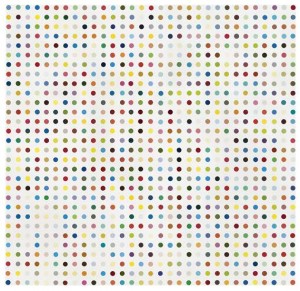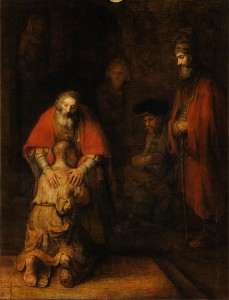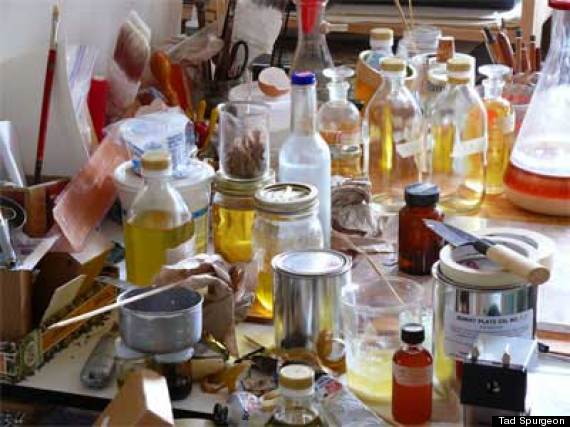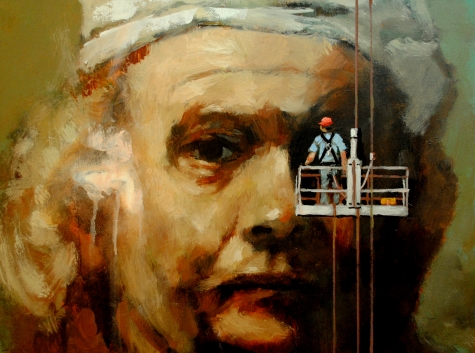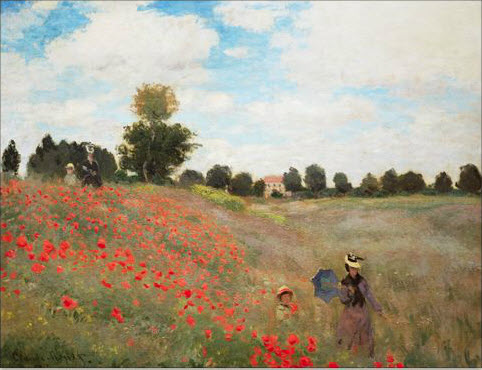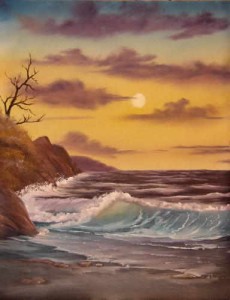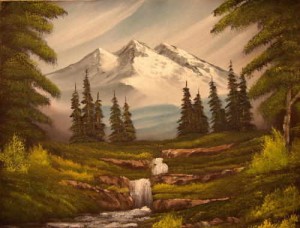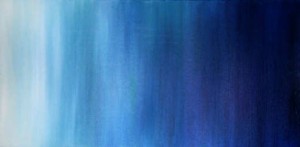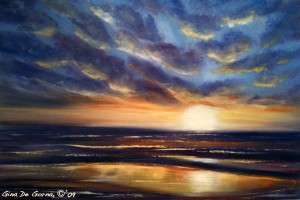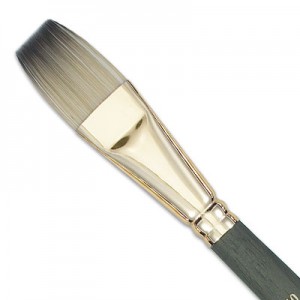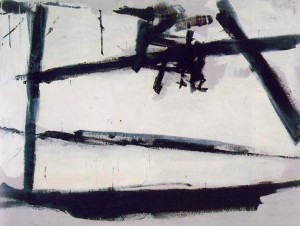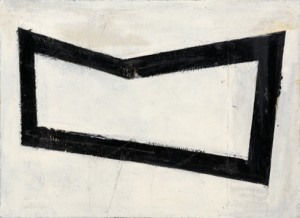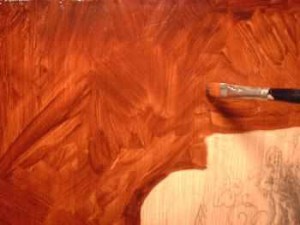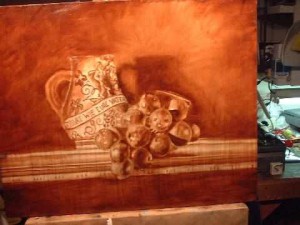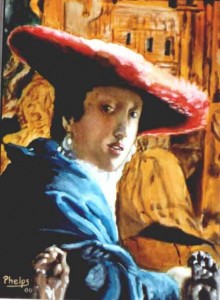The Wonderful World of Finger Painting by Iris Scott
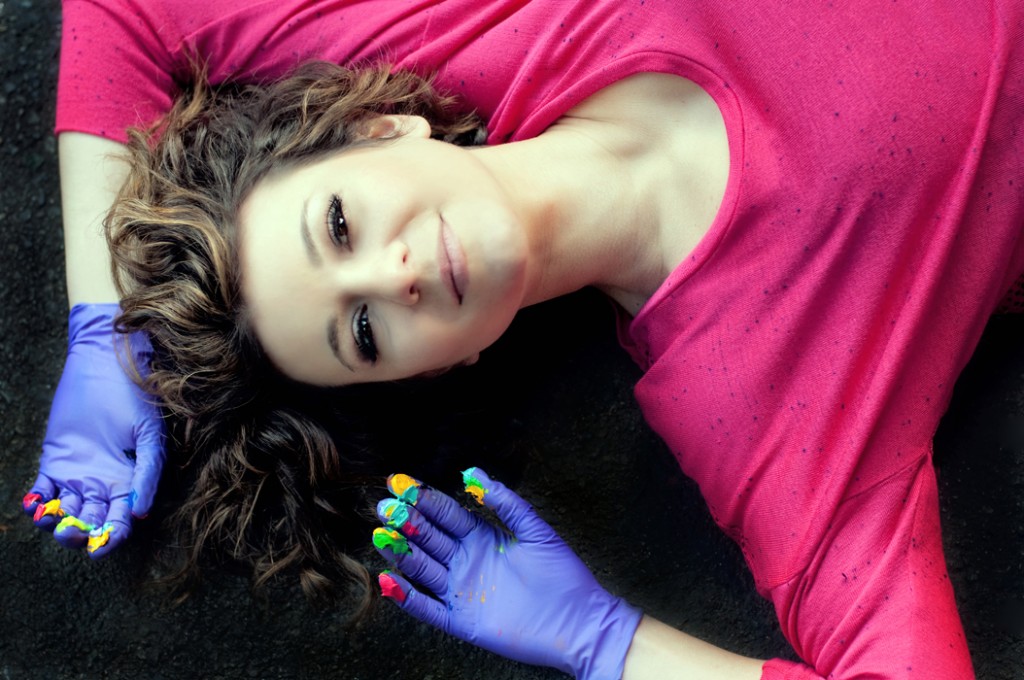
Finger painting is an art activity usually associated with children. Kids love to play with paint, mix different colors, and put them on paper. You’ll get messy art, filled with an assortment of colors, which ends up on the refrigerator door. It may seem a childish endeavor but there is an artist who is creating a buzz in the art world for her beautiful finger paintings.
Iris Scott is an American professional painter who, by chance, realized the wonders of using fingers in applying paint on canvas. In 2009, after college, Iris decided to have a sabbatical to paint without distractions, without any worries. She rented a small studio apartment in Taiwan with a great view of the ocean. Taiwan, being a tropical country, experiences hot, humid weather. The communal sink of the building was located in an area where there was no air conditioning. She had to go out of her air conditioned room to be able to clean her paint brushes. It was such an inconvenience, having to leave her work in a cool place just to wash her brushes under the heat. Then, a serendipitous moment happened. Iris thought she could just use her fingertips to apply paints, without needing her brushes. And the rest, as they say, is history.

Iris admits that washing paint brushes has never been her strong point, so finger painting definitely is perfect for her. She uses surgical gloves when painting, achieving the correct color quickly. Instead of going out of her room to wash her brushes, she just wipes her gloved hands with paper towels and she can use another paint color in an instant. Once she starts painting, her fingers flawlessly dance across the canvas, like a pianist’s hands.
When she has inspiration to paint, she quickly sketches it out and paints immediately. Wearing her purple latex gloves, Iris applies paint directly from the tube. She keeps the paints thick and raw, preferring to use several shades and colors instead of mixing paints together.
Iris’ oeuvre is categorized as Post-Impressionist, with life as the main theme. She says that her paintings are similar to those of Edvard Munch, Vincent van Gogh, and Claude Monet.
For new artists, Iris advises that they should save enough money to take a year or two just painting everyday. Like her, leaving your comfort zone and living out of the country to focus on painting is best. Improve your skills and techniques, targeting to paint on a daily basis. This year-off is not for sight-seeing and pleasure only.
Image source: www.irisscottprints.com

